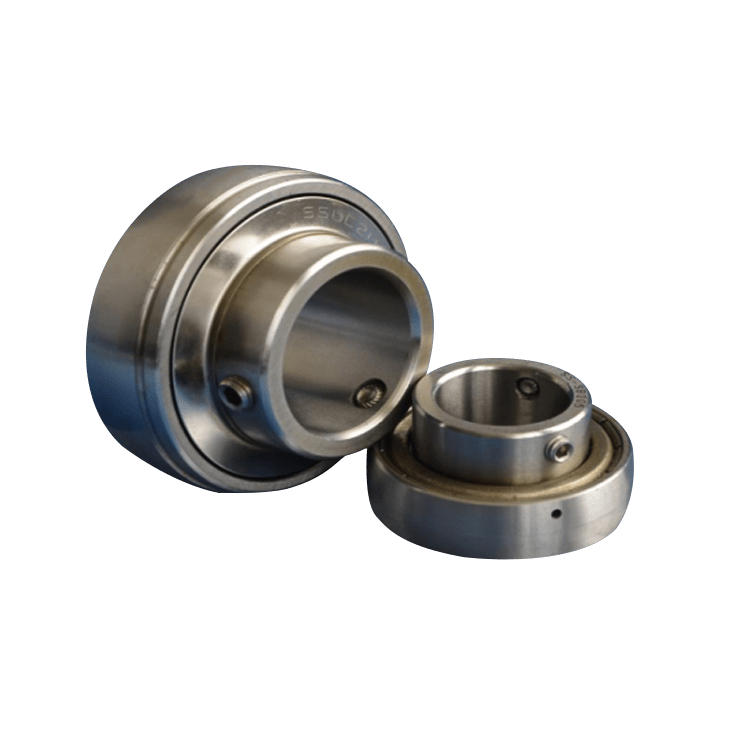Welcome to Tarso, professional special bearing manufacturer
If you have been wondering what a Roller Bearing is, yo […]
If you have been wondering what a Roller Bearing is, you've come to the right place. We've listed a few common applications, and given you a few tips to help you determine which one is right for you. Next time you see one, remember to look for a quality product with a long warranty. Here are some other important considerations to make. They can make or break your product, so don't take chances.
Ensure that the roller bearing is properly lubricated. Some bearings don't get lubricated, and water can cause boundary conditions in the bearing. It's not a great idea to use liquid oxygen in a roller bearing. It can cause the bearing to lose up to 70 percent of its life. However, it's worth it to know that liquid oxygen is not a great lubricant, and lubrication with oil will extend its service life.
Journal Misalignment: Misalignment happens when the bearing's journal is not aligned with its centerline. This is the result of rotational movements in both the radial and longitudinal cross-sections. Misalignment can occur as a result of assembly and manufacturing errors, as well as off-centric loads. Other potential causes of misalignment include externally imposed moments and elastic distortions. The result is a converging wedge geometry that contributes to the whirl.
Another type of Roller Bearing is a Tapered Roller Bearing. It has a larger diameter at one end than the other and is slightly conical in shape. These bearings can support radial and axial loads, and they also have an angled surface. You can find single-row tapered roller bearings or multi-row ones. Different bearings also feature cages and seals. Some features affect the bearing's life span.
Various types of roller bearings have different characteristics and applications. Some are self-aligning, and some have multiple rows of rollers for heavy radial loads. Cylindrical roller bearings, on the other hand, can be used in high-speed applications and carry high radial loads. In general, roller bearings are not very common in high-speed operations, but they can be customized for specialized situations.
Another type of Roller Bearing is the Ball Bearing. Ball bearings are more common and are available in more advanced versions. In comparison to ball bearings, roller bearings are much more efficient for heavy-duty radial loads. They have lower capacity for axial loads. A misaligned roller bearing can quickly reduce the bearing's capacity. If you need a high-quality Roller Bearing, contact us today! You won't regret it!
Tapered Roller Bearings are similar to cylindrical roller bearings, but they have a tapered outer edge. Because of their design, they can support axial and radial loads. They are often used for wheels and axles in most land vehicles. However, their complexity makes them more expensive than ball bearings. The tapered type is often more expensive than the former. The tapered type is also more complicated to manufacture. You'll need a high-quality tapered Roller Bearing if you want to ensure its longevity.

The corrosion resistance of 316 stainless steel is better than that of 304 stainless steel. It can be used for a long time in the marine environment. 316 stainless steel bearings are widely used in petroleum, chemical, medical, food, light industry, mechanical instrumentation and other applications. It can be designed as open, with cover or with rubber seal.
Structure & Size Range Of 316 Stainless Steel Ball Bearing
Rings: 316 Stainless Steel
Rolling Element: 316 Stainless Steel
Cage: 304 Stainless Steel
Seal: 304 Stainless Steel
Size Range: ID10mm or up